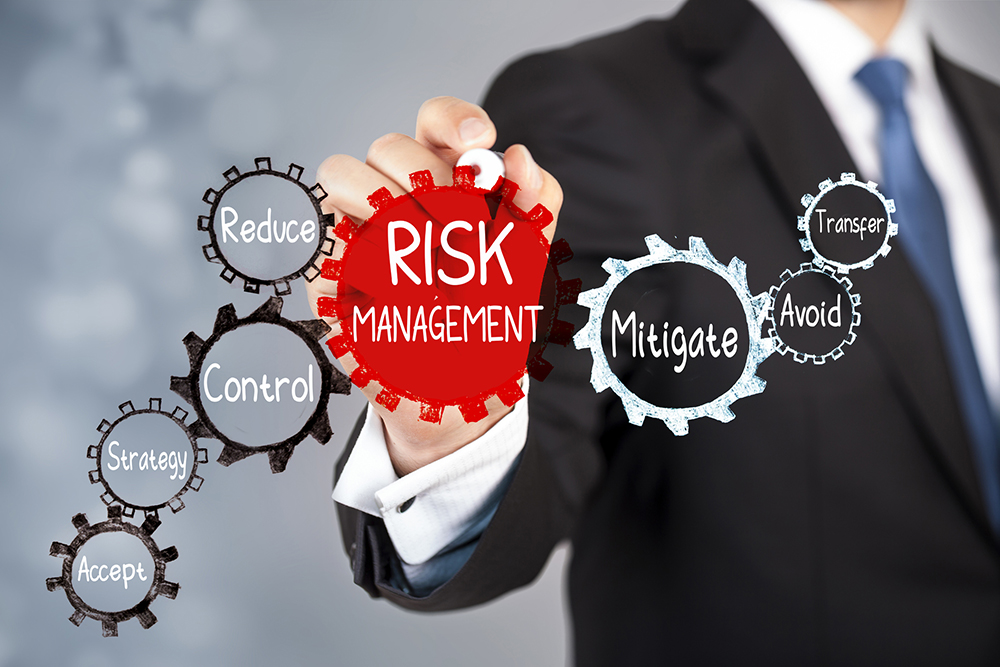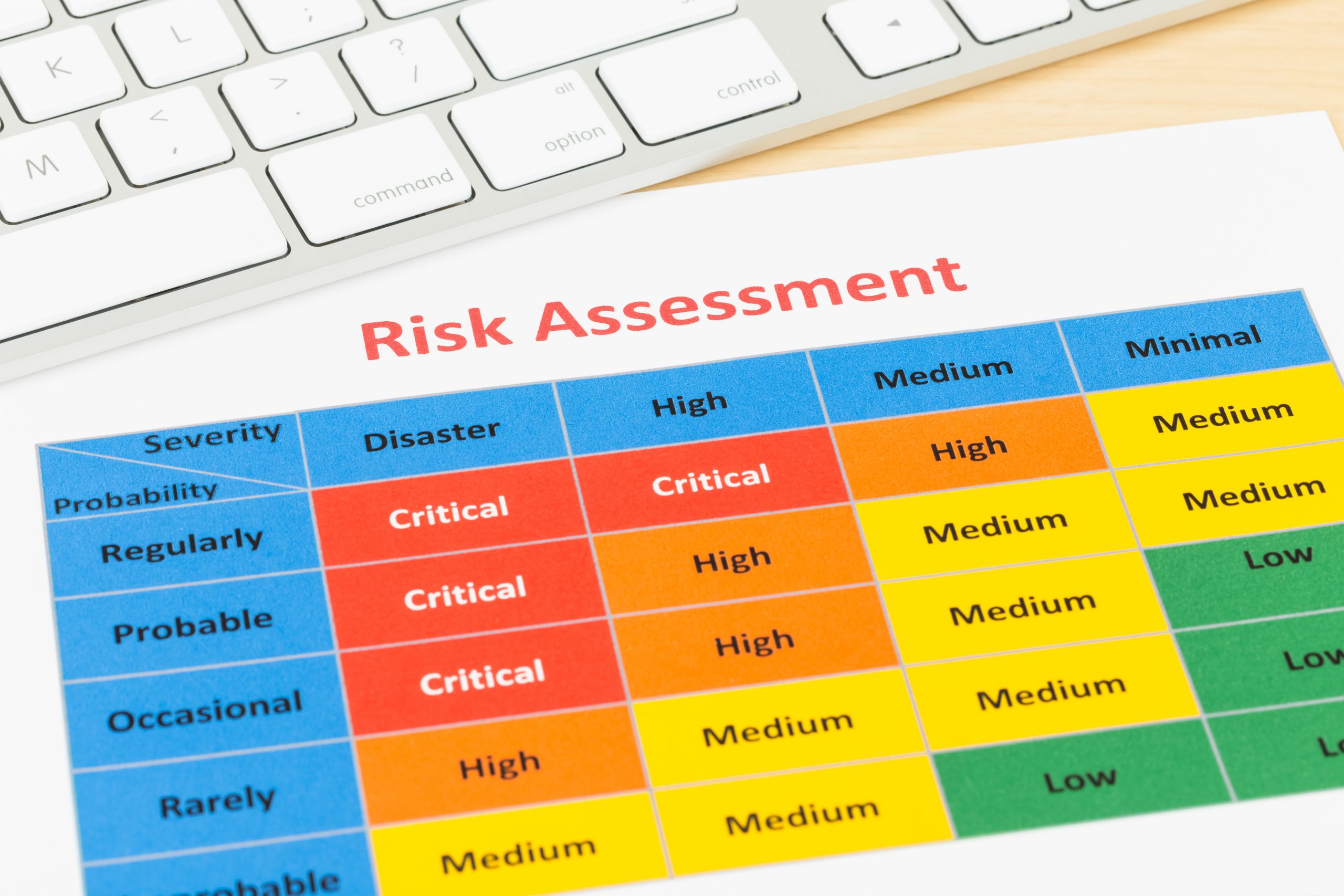Manage Business Risks Effectively: A How-To Guide

In the dynamic world of business, risks are as inevitable as the tides. They can either propel you forward or pull you under. The key to navigating these waters lies in understanding and managing these risks effectively. Imagine you’re a captain steering a ship through stormy seas. Without a clear strategy, you’re at the mercy of the elements. But with a well-thought-out plan, you can weather any storm. So, how do you manage business risks effectively? Let’s dive in.
Understanding Business Risks
Business risks come in various shapes and sizes. They can be financial, operational, strategic, or even reputational. The first step in managing these risks is identifying them. Think of it like diagnosing a disease. You can’t treat what you don’t know exists.
Risk Identification
Risk identification is the cornerstone of effective risk management. It involves pinpointing potential threats to your business. This could be anything from market fluctuations to cybersecurity breaches. Tools like SWOT analysis (Strengths, Weaknesses, Opportunities, Threats) can be invaluable here.

Risk Assessment
Once you’ve identified the risks, the next step is assessing their impact. Not all risks are created equal. Some may have a minor impact, while others could be catastrophic. Risk assessment helps you prioritize which risks need immediate attention.
Developing Mitigation Strategies
After identifying and assessing risks, it’s time to develop mitigation strategies. Think of these as your shield and sword against potential threats. They can range from preventive measures to contingency plans.
Preventive Measures
Preventive measures are proactive steps you take to avoid risks. For instance, regular software updates can prevent cybersecurity breaches. Training employees on best practices can mitigate operational risks. These measures are like vaccines—they strengthen your business’s immune system against potential threats.
Contingency Plans
Contingency plans are your backup strategy. They come into play when preventive measures fail. For example, having a backup generator ensures business continuity during power outages. These plans are like your emergency kit—always ready for when things go wrong.
Implementing Risk Monitoring
Risk monitoring is the ongoing process of tracking and evaluating risks. It’s like having a radar that constantly scans the horizon for potential threats. This continuous vigilance allows you to adapt your strategies as risks evolve.
Regular Reviews
Regular reviews are essential for effective risk monitoring. They help you stay updated on the status of identified risks and the effectiveness of your mitigation strategies. Think of these reviews as health check-ups for your business.
Adaptive Strategies
Business risks are not static. They evolve with changes in the market, technology, and regulations. Adaptive strategies allow you to adjust your risk management plans accordingly. It’s like changing course mid-voyage to avoid a storm.
Ensuring Business Continuity
Business continuity is about keeping your operations running smoothly despite disruptions. It’s like having a lifeboat ready in case your ship starts sinking. A robust business continuity plan ensures that your business can weather any storm.
Disaster Recovery Plans
Disaster recovery plans are a crucial part of business continuity. They outline the steps to take in case of a major disruption, such as a natural disaster or a cyber-attack. These plans are like your emergency manual—they guide you through the chaos.
Backup Systems
Backup systems are essential for ensuring business continuity. They can range from data backups to alternative supply chains. Think of them as your safety net—always there to catch you if you fall.
Conclusion
Managing business risks effectively is not just about survival; it’s about thriving. It’s about turning potential threats into opportunities for growth. By identifying risks, assessing their impact, developing mitigation strategies, implementing risk monitoring, and ensuring business continuity, you can navigate the stormy seas of business with confidence.
Remember, risk management is not a one-time task. It’s an ongoing process that requires constant vigilance and adaptation. So, are you ready to steer your business through the storms? The journey might be challenging, but the rewards are immense.

FAQs
What is the first step in managing business risks effectively? The first step in managing business risks effectively is risk identification. This involves pinpointing potential threats to your business.
Why is risk assessment important? Risk assessment is important because it helps you prioritize which risks need immediate attention. It allows you to allocate resources effectively.
What are mitigation strategies in risk management? Mitigation strategies are the steps you take to reduce the impact of risks. They can range from preventive measures to contingency plans.
How does risk monitoring help in managing business risks? Risk monitoring helps in managing business risks by allowing you to track and evaluate risks continuously. This vigilance enables you to adapt your strategies as risks evolve.
What is business continuity, and why is it important? Business continuity is about keeping your operations running smoothly despite disruptions. It’s important because it ensures that your business can weather any storm and continue to serve its customers.
By following this how-to guide, you’ll be well-equipped to manage business risks effectively and steer your business towards success.
Belum ada Komentar untuk "Manage Business Risks Effectively: A How-To Guide"
Posting Komentar